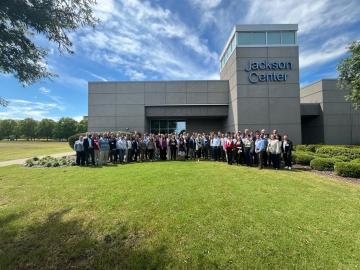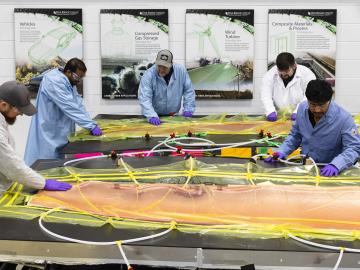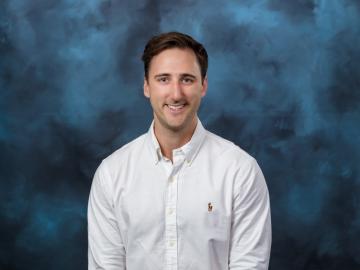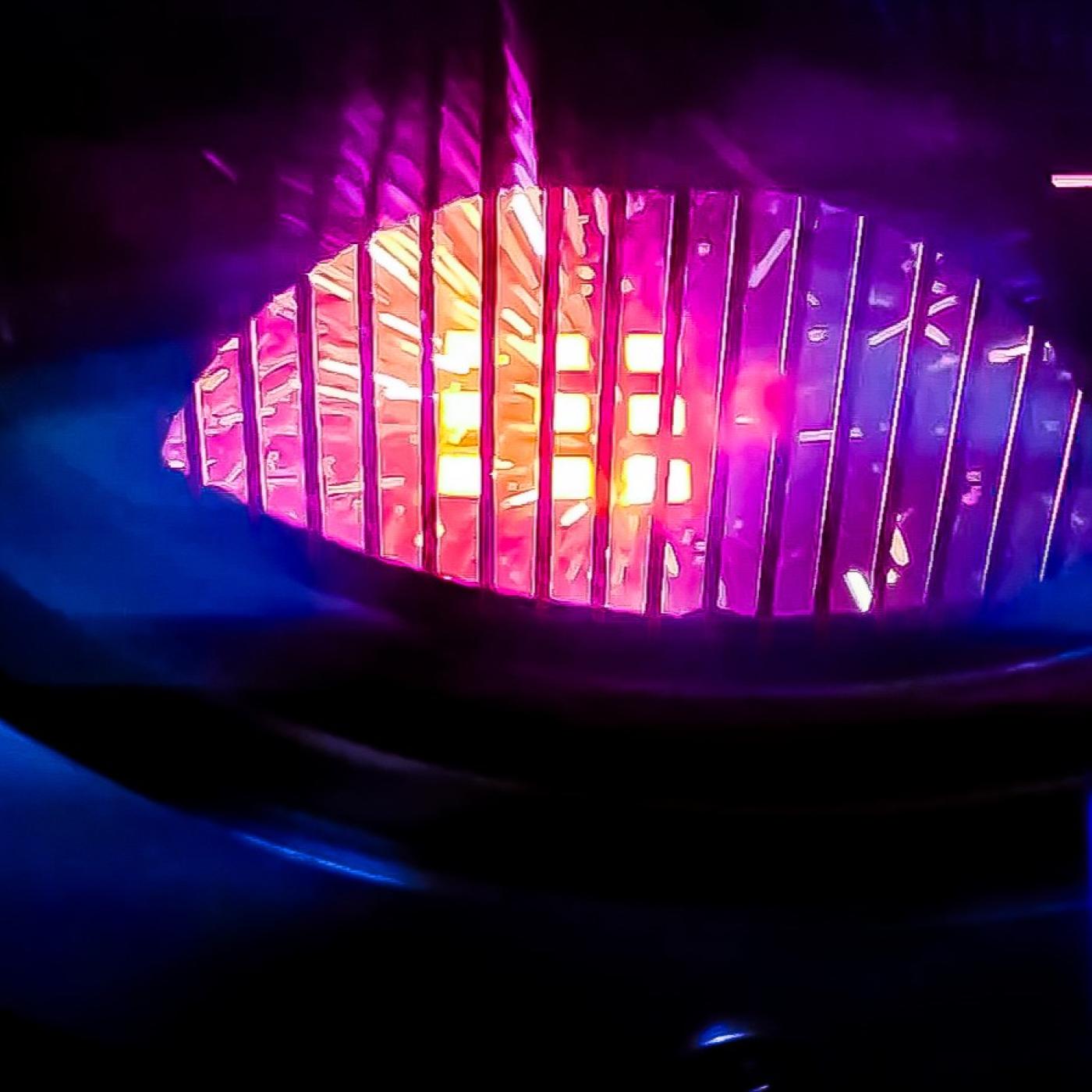
Filter News
Area of Research
- Advanced Manufacturing (3)
- Biological Systems (1)
- Biology and Environment (14)
- Clean Energy (41)
- Computational Biology (1)
- Computer Science (1)
- Electricity and Smart Grid (1)
- Fusion and Fission (19)
- Fusion Energy (4)
- Isotopes (7)
- Materials (16)
- National Security (19)
- Neutron Science (12)
- Nuclear Science and Technology (16)
- Supercomputing (18)
News Type
News Topics
- (-) 3-D Printing/Advanced Manufacturing (45)
- (-) Biomedical (33)
- (-) Cybersecurity (14)
- (-) Grid (26)
- (-) Machine Learning (26)
- (-) Nuclear Energy (56)
- (-) Space Exploration (12)
- Advanced Reactors (8)
- Artificial Intelligence (54)
- Big Data (32)
- Bioenergy (52)
- Biology (62)
- Biotechnology (13)
- Buildings (23)
- Chemical Sciences (28)
- Clean Water (15)
- Climate Change (54)
- Composites (9)
- Computer Science (91)
- Coronavirus (17)
- Critical Materials (5)
- Decarbonization (48)
- Education (2)
- Emergency (2)
- Energy Storage (30)
- Environment (107)
- Exascale Computing (34)
- Fossil Energy (4)
- Frontier (29)
- Fusion (31)
- High-Performance Computing (52)
- Hydropower (5)
- Isotopes (31)
- ITER (2)
- Materials (46)
- Materials Science (50)
- Mathematics (7)
- Mercury (7)
- Microelectronics (3)
- Microscopy (20)
- Molten Salt (1)
- Nanotechnology (16)
- National Security (48)
- Net Zero (8)
- Neutron Science (55)
- Partnerships (23)
- Physics (32)
- Polymers (8)
- Quantum Computing (23)
- Quantum Science (34)
- Renewable Energy (1)
- Security (12)
- Simulation (35)
- Software (1)
- Statistics (2)
- Summit (34)
- Sustainable Energy (49)
- Transformational Challenge Reactor (3)
- Transportation (27)
Media Contacts

ORNL and NASA co-hosted the fourth iteration of this invitation-only event, which brings together geospatial, computational, data and engineering experts around a theme. This year’s gathering focused on how artificial intelligence foundation models can enable geospatial digital twins.

Biochemist David Baker — just announced as a recipient of the Nobel Prize for Chemistry — turned to the High Flux Isotope Reactor (HFIR) at Oak Ridge National Laboratory for information he couldn’t get anywhere else. HFIR is the strongest reactor-based neutron source in the United States.

To bridge the gap between experimental facilities and supercomputers, experts from SLAC National Accelerator Laboratory are teaming up with other DOE national laboratories to build a new data streaming pipeline. The pipeline will allow researchers to send their data to the nation’s leading computing centers for analysis in real time even as their experiments are taking place.

ORNL researchers were honored with a prestigious ACE Award for Composites Excellence by the American Composites Manufacturers Association. The team won the “innovation in green composites design” prize for creating a fully recyclable, lightweight wind turbine blade tip that incorporates low-cost carbon fiber and conductive coating for enhanced protection against lightning strikes.

The Smoky Mountain Computational Sciences and Engineering Conference, or SMC24, entered its third decade with the 21st annual gathering in East Tennessee.

Justin West, an advanced machining and machine tool researcher at ORNL, has been selected as a recipient of the 2024 30 Under 30 award by the Society of Manufacturing Engineers.

Scientists at ORNL used neutrons to end a decades-long debate about an enzyme cancer uses.
After retiring from Y-12, Scott Abston joined the Isotope Science and Engineering Directorate to support isotope production and work with his former manager. He now leads a team maintaining critical equipment for medical and space applications. Abston finds fulfillment in mentoring his team and is pleased with his decision to continue working.

A new convergent manufacturing platform, developed in only five months at the Department of Energy’s Oak Ridge National Laboratory, is debuting at the International Manufacturing Technology Show, or IMTS, in Chicago, Sept. 9–12, 2024.

As a mechanical engineer in building envelope materials research at ORNL, Bryan Maldonado sees opportunities to apply his scientific expertise virtually everywhere he goes, from coast to coast. As an expert in understanding how complex systems operate, he’s using machine learning methods to control the process and ultimately optimize performance.


